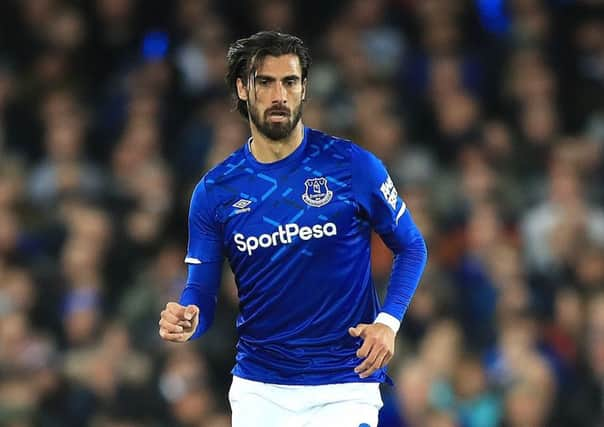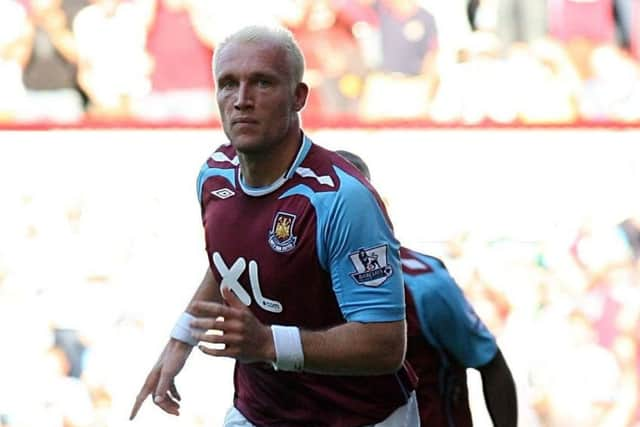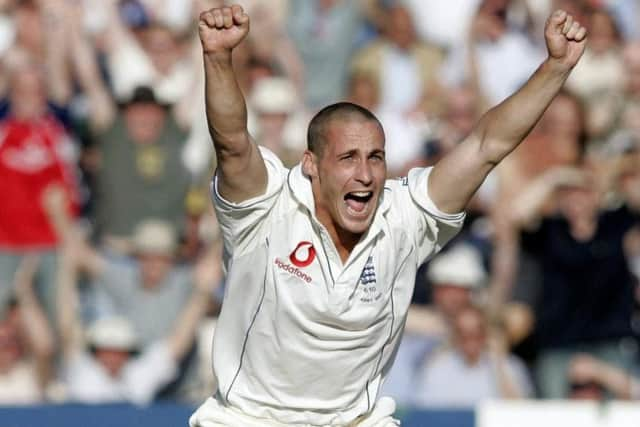Why sporting stars deserve respect as they tread the injury tightrope


But the thing that I most admire about sportsmen and women, apart from their talent, is the physical courage that they show in their roles.
For they routinely run the risk of serious harm.
A stark reminder of this came the other day with the appalling injury suffered by Everton midfielder Andre Gomes during the Premier League match against Tottenham Hotspur.
Advertisement
Hide AdAdvertisement
Hide Ad

Following a relatively innocuous trip by Son Heung-min, the Spurs forward, Gomes’s foot caught in the turf as defender Serge Aurier slid in with a covering tackle.
Sandwiched between the two men, Gomes’s lower right leg became bent out of shape at a grotesque right angle, the Portuguese suffering a dislocated ankle as players of both sides thrust their hands on their heads or else covered their faces at the horrific sight of it.
Son’s red card has since been rescinded by the Football Association – and rightly so, for there is not a malicious bone in the body of one of the Premier League’s finest and most good-natured players – after what, essentially, was an accident despite a foul that nevertheless warranted a booking.
Indeed, that Seamus Coleman, the Everton captain, spent time in the visitors’ dressing room afterwards consoling Son was proof of this fact, telling him that he was not to blame in a gesture, by the way, of tremendous sportsmanship on Coleman’s part.
Advertisement
Hide AdAdvertisement
Hide Ad

No, the very fact that it was an accident, the sort of thing that could happen to anyone at any time, is what made it all the more powerful and shocking.
It was evidence of the ever-present threat of physical danger that looms over sports people in a way that it does not for most of us who watch them play.
Indeed, we perhaps take for granted this physical courage – “some of them are getting paid enough to show it,” no doubt some folk would say.
But that is to miss the point, for professional sport has never been a playground for weaklings; on the contrary, our footballers, rugby players, boxers, racing drivers, jockeys, cricketers, you name them, have to “brave up” each day in a physical sense.
Advertisement
Hide AdAdvertisement
Hide AdSometimes, the injuries that they suffer can be career-ending or, in extreme cases such as that of the Australian cricketer Phillip Hughes, life-ending.
One well remembers the shock that reverberated through cricket when Hughes was struck by a bouncer in a state match at Sydney in 2014, his death a sharp reminder that the summer game is played with a hard ball that can inflict awful, even fatal damage.
Of course, sport itself is ostensibly trivial; it is nothing compared to the harsh realities of day-to-day existence – the struggles faced by families to put food on the table and to bring up children.
But there is nothing trivial about the fact that many of its participants routinely put their bodies – and, in some cases, their lives – on the line in the name of entertainment; we should at least give them that while we shake our heads at the obscene amounts of money floating around football, especially, money that is an insult to those who part with what little of it they have to sit in the stands.
Advertisement
Hide AdAdvertisement
Hide AdHappily, Gomes is expected to make a full recovery after surgery that is said to have gone well.
Others, such as David Buust, the former Coventry City defender, were not so fortunate.
Buust, you may remember, suffered a career-ending injury against Manchester United at Old Trafford in 1996 when he got caught between challenges from Brian McClair and Denis Irwin at a corner kick.
He suffered extensive compound fractures to the tibula and fibula of his right leg, the injury causing blood to fly everywhere and United goalkeeper Peter Schmeichel – as big and brave as they come – to vomit as a result.
Advertisement
Hide AdAdvertisement
Hide AdBuust subsequently underwent more than 20 operations, while those players who witnessed the injury at close quarters, including Schmeichel, underwent counselling.
“I didn’t look down, you go into shock mode,” Buust remembered of his injury that day.
“The pain is excruciating. You freeze. You think any movement will make it worse.”
Buust accepted his misfortune as an occupational hazard, his attitude typical of the physical courage needed to play sport.
Advertisement
Hide AdAdvertisement
Hide AdIt is not only in matches, of course, that footballers risk injury.
By the age of 23, Dean Ashton, the former West Ham United striker, had risen through the leagues to the Premier division and had made his first England squad.
A natural goal-scorer, it seemed as if great things lay in front of him – until an injury in training wrecked his career.
Tackled by team-mate Shaun Wright-Phillips a day before his England debut, Ashton suffered a broken left ankle from which he never properly recovered, forcing his premature retirement, aged 26, a promising career cut short in its prime.
Advertisement
Hide AdAdvertisement
Hide AdLast week, in the wake of the Gomes incident, Tony Cascarino, the former Republic of Ireland striker, recalled another training ground accident while playing for the French club Nancy.
He remembered how, in an “innocuous training session”, the players were practising passing and shooting drills when Soufiane Kone was seriously hurt.
Cascarino was standing behind Kone, a promising forward in his late teens, who had already been the subject of a multi-million pound bid from an Italian club.
But as the ball was played into him, Kone, having leapt up to control it, landed awkwardly and collapsed in agony.
Advertisement
Hide AdAdvertisement
Hide Ad“It is the noise his leg made upon impact that I remember most,” said Cascarino. “It was like a firecracker had gone off.
“I thought Kone had broken his leg but he had severed a nerve in his knee.
“He did not kick a ball again.”
So often, it is the freak injuries that are the worst.
One thinks of Simon Jones, the former Glamorgan and England fast bowler, who, in chasing a ball in the Brisbane Ashes Test of 2002, ruptured a cruciate knee ligament while sliding in an effort to prevent a boundary.
One also remembers David “Syd” Lawrence, whose left kneecap was shattered in the act of bowling a ball in a Test match at Wellington in 1992, his cries of agony ringing around the ground.
Gomes, his own cries on that fateful day at Goodison Park still fresh in our ears, reminds us of the injury tightrope that sports people walk.
For that, they are deserving of our unqualified respect.